The Most Iconic Architectural Works In Italy You Should Visit
Italy, a European country with a long Mediterranean coastline, has left a powerful mark on Western culture and cuisine. Its capital, Rome, is home to the Vatican as well as landmark art and ancient ruins. Other major cities include Florence, with Renaissance masterpieces such as Michelangelo’s "David" and Brunelleschi's Duomo; Venice, the city of canals; and Milan, Italy’s fashion capital.
But Italy's top attractions for tourists are not all art and architecture; the country is blessed with lakes, mountains, and a dramatic coastline that give it outstanding natural attractions, as well. You could plan an entire itinerary inspired by a single interest, from Renaissance art to hiking, but most first-time visitors like to get a sampling of the best Italy offers in several different kinds of experiences.
1. Colosseum
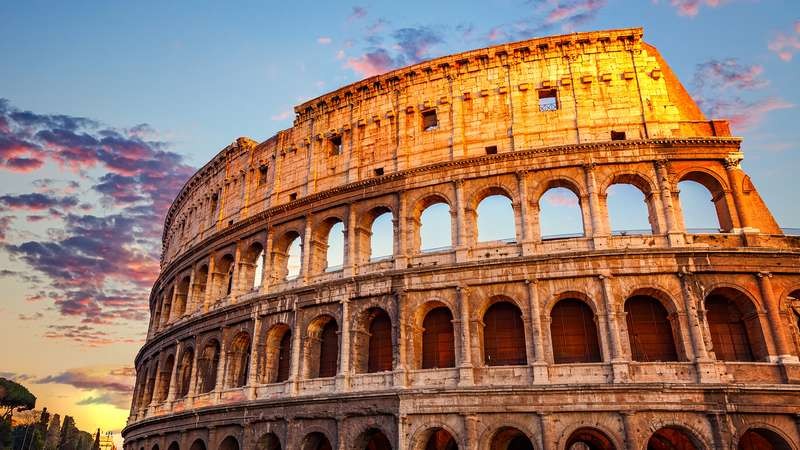 |
| Photo: Britannica |
The emperor Vespasian (r 69–79 CE) originally commissioned the amphitheater in 72 CE in the grounds of Nero's vast Domus Aurea complex. But he never lived to see it finished, and it was completed by his son and successor Titus (r 79–81) a year after his death. To mark its inauguration, Titus held games that lasted 100 days and nights, during which some 5000 animals were slaughtered. Trajan (r 98–117) later topped this, holding a marathon 117-day killing spree involving 9000 gladiators and 10,000 animals.
The arena was originally named the "Anfiteatro Flavio" after Vespasian's family (Flavian), and although it was Rome’s most fearsome arena, it wasn’t the biggest – the Circo Massimo could hold up to 250,000 people. The name "Colosseum," when introduced in medieval times, was not a reference to its size but to the Colosso di Nerone, a giant statue of Nero that stood nearby.
The outer walls have three levels of arches, framed by decorative columns topped by capitals of the Ionic (at the bottom), Doric and Corinthian (at the top) orders. They were originally covered in travertine and marble statues filled the niches on the second and third stories. The upper level, punctuated with windows and slender Corinthian pilasters, had supports for the 240 masts that held the awning over the arena, shielding the spectators from sun and rain. The 80 entrance arches, known as "vomitoria," allowed the spectators to enter and be seated in a matter of minutes.
The Colosseum's interior was divided into three parts: the arena, cavea, and podium. The arena had a wooden floor covered in sand – "harena" in Latin, hence the word "arena" – to prevent the combatants from slipping and to soak up spilled blood. Trapdoors led down to underground chambers and passageways beneath the arena floor – the hypogeum (aka Sotterranei del Colosseo). Animals in cages and sets for the various battles were hoisted up to the arena by 80 winch-operated lifts. The cavea, for spectator seating, was divided into three tiers: magistrates and senior officials sat in the lowest tier, wealthy citizens in the middle, and the plebs in the highest tier. Women (except for Vestal Virgins) were relegated to the cheapest sections at the top. The podium, a broad terrace in front of the tiers of seats, was reserved for emperors, senators and VIPs.
With the fall of the Roman Empire in the 5th century, the Colosseum was abandoned. In the Middle Ages, it became a fortress occupied by the powerful Frangipani family. Later, it was plundered of its precious travertine, and marble stripped from it was used to decorate notable buildings such as Palazzo Venezia, Palazzo Barberini, and Palazzo Cancelleria.
2. Florence Duomo Santa Maria del Fiore
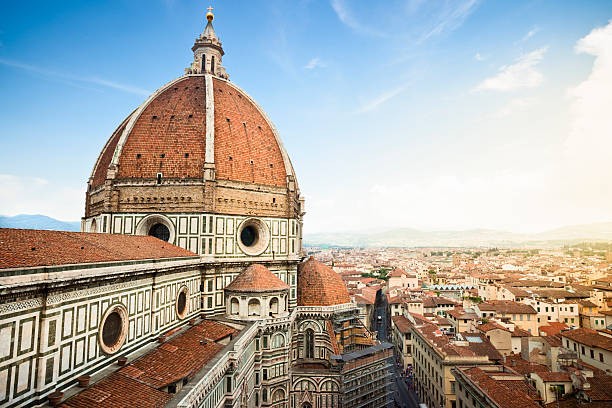 |
| Photo: iStock |
Santa Maria del Fiore, designed by Arnolfo di Cambio, is the third-largest church in the world (after St. Peter's in Rome and St. Paul's in London) and was the largest church in Europe when it was completed in the 15th century. It is 153 meters long, 90 meters wide at the crossing, and 90 meters high from the floor to the bottom of the lantern. The third and last cathedral of Florence, it was dedicated to Santa Maria del Fiore, the Virgin of the Flower, in 1412, a clear allusion to the lily, the symbol of the city of Florence.
The first stone of the façade was laid on 8 September 1296 to a design by Arnolfo di Cambio. Arnolfo worked on the cathedral from 1296 to 1302, designing a basilica with classical volumes based on three broad aisles converging in a vast choir hosting the high altar, itself surrounded by tribunes subsequently crowned by a dome.
Arnolfo managed to complete two bays and half of the new façade. The facade was dismantled in 1587 when the Grand Duke Francesco I de 'Medici decided to build a new modern one and the surviving statues that decorated it are now on display in the Museum.
Work on the building site slowed down when Arnolfo died in around 1310, only resuming for good in 1331 when the magistrates of the Arte della Lana, or Guild of Wool Manufacturers and Merchants, took over responsibility for the building. Giotto was appointed master of the works in 1334, devoting most of his time to the erection of the bell tower but he died three years later. His post was filled by Andrea Pisano until 1348, the year of the Black Death which slashed the city's population from 90,000 to 45,000.
Work continued, despite constant interruptions, until a competition was finally run in 1367. The competition was won by four architects and four painters, including Andrea di Bonaiuto, Benci and Andrea di Cione, Taddeo Gaddi, and Neri di Fioravante.
3. The Grand Canal
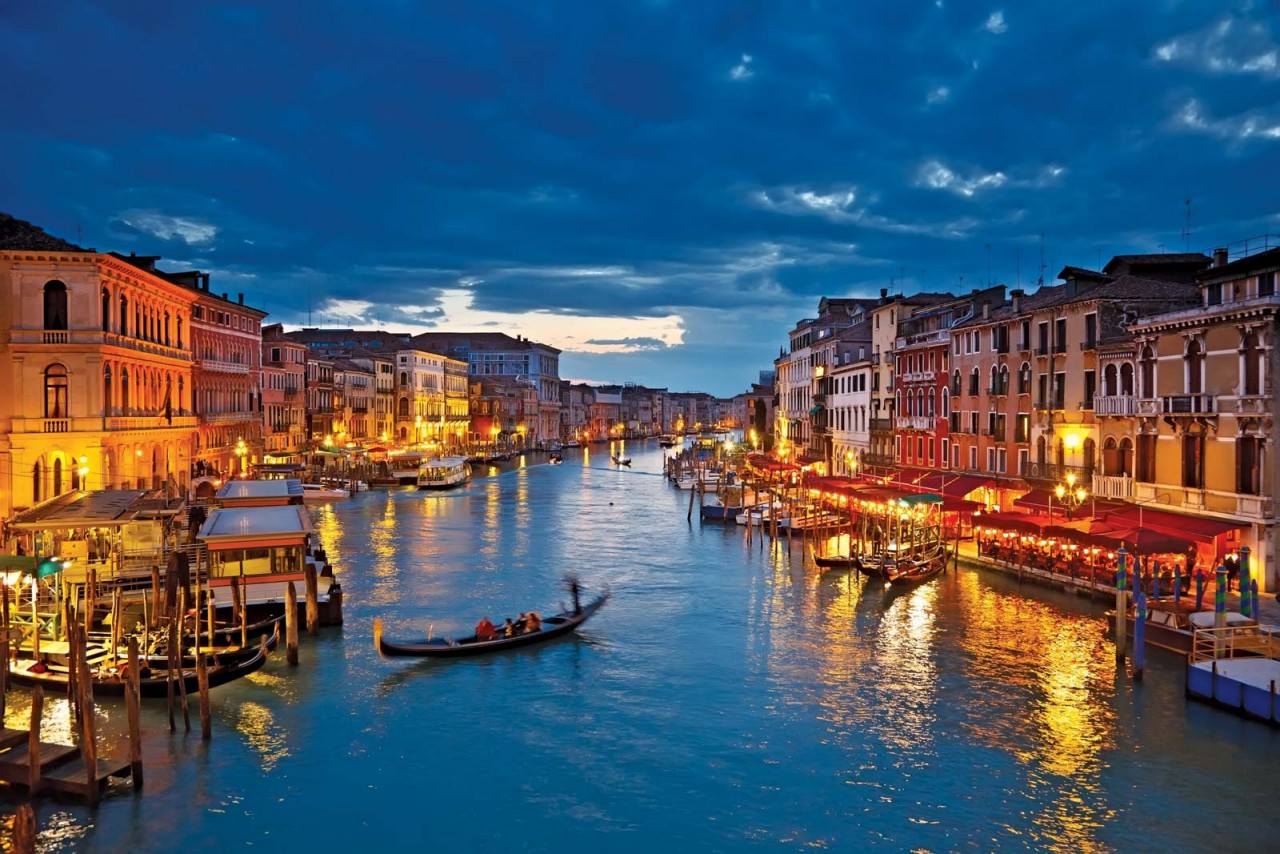 |
| Photo: Britannica |
The Grand Canal is a channel in Venice, Italy. It forms one of the major water-traffic corridors in the city.
One end of the canal leads into the lagoon near the Santa Lucia railway station and the other end leads into the basin at San Marco; in between, it makes a large reverse-S shape through the central districts (sestieri) of Venice. It is 3.8 km (2.4 mi) long, and 30 to 90 m (98 to 295 ft) wide, with an average depth of 5 metres (16 feet).
The banks of the Grand Canal are lined with more than 170 buildings, most of which date from the 13th to the 18th century, and demonstrate the welfare and art created by the Republic of Venice. The noble Venetian families faced huge expenses to show off their richness in suitable palazzos; this contest reveals the citizens’ pride and the deep bond with the lagoon. Amongst the many are the Palazzi Barbaro, Ca' Rezzonico, Ca' d'Oro, Palazzo Dario, Ca' Foscari, Palazzo Barbarigo and to Palazzo Venier dei Leoni, housing the Peggy Guggenheim Collection. The churches along the canal include the basilica of Santa Maria della Salute. Centuries-old traditions, such as the Historical Regatta, are perpetuated every year along the Canal.
Because most of the city's traffic goes along the Canal rather than across it, only one bridge crossed the canal until the 19th century, the Rialto Bridge. There are currently three more bridges, the Ponte degli Scalzi, the Ponte dell'Accademia, and the controversial Ponte della Costituzione from 2008, designed by Santiago Calatrava, connecting the train station to Piazzale Roma, one of the few places in Venice where buses and cars can enter. As was usual in the past, people can still take a ferry ride across the canal at several points by standing up on the deck of a simple gondola called a traghetto, although this service is less common than even a decade ago.
Most of the palaces emerge from water without pavement. Consequently, one can only tour past the fronts of the buildings on the grand canal by boat.
4. Leaning Tower of Pisa
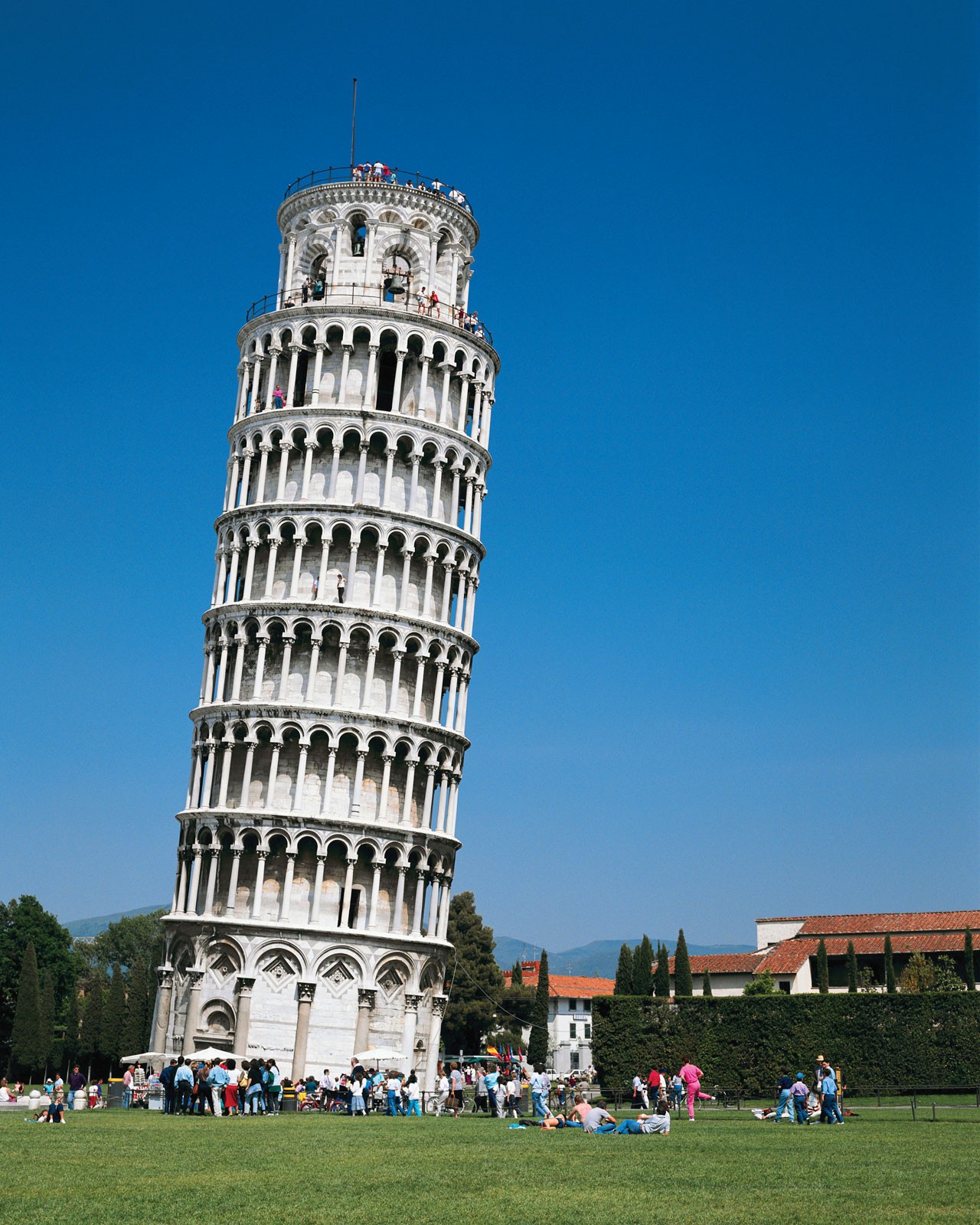 |
| Photo: Britannica |
Located in Pisa, Italy, the Leaning Tower of Pisa (Italian: La Torre pendente di Pisa) or the Tower of Pisa (La Torre di Pisa) is one of the most famous leaning towers in the world. It is the bell tower of the Cathedral of Pisa that has been under construction for almost 200 years, owing to a succession of wars as a symbol of the power of the maritime republic.
The Leaning Tower is located just behind the cathedral in the Italian city of Pisa. It is the third structure in Campo Dei Miracoli (Field of Miracles). Although only half the height of the Washington Monument, this marvel of medieval engineering is most likely one of Europe’s tallest bell towers. The seven bells were arranged in a circle, with one for each note of the musical major scale.
The tower contains eight stories, including a chamber for the bells. The bottom story is made of 15 marble arches. The surrounding tower has 30 arches in each of the following six stories. The gothic elements of the bell chamber, which has 16 arches, are the final story.
The height of the tower is 183 feet from the ground on the lowest side and 106.02 feet on the high side of the tower. The width of the walls at the bottom is 13 feet, whereas those at the top are just 8.13 feet wide. It is thought to weigh 14,500 metric tons or 29,000,000 lbs! There are 297 steps in the spiral staircase from the foot of the tower to the top.
5. Lake Como
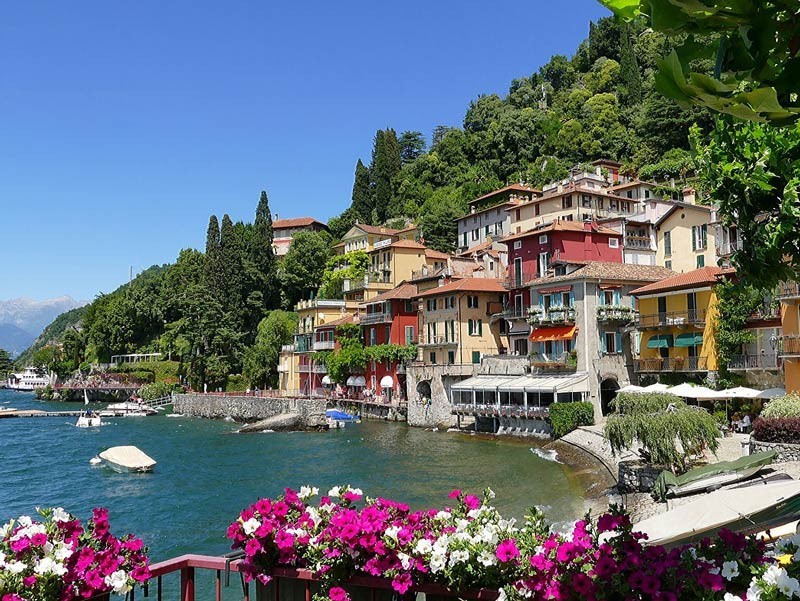 |
| Photo: Lake Como Travel |
Lake Como is a lake of glacial origin in Lombardy, Italy. It has an area of 146 square kilometres (56 sq mi), making it the third-largest lake in Italy, after Lake Garda and Lake Maggiore. At over 400 metres (1,300 ft) deep, it is the fifth deepest lake in Europe, and the deepest outside Norway; the bottom of the lake is more than 200 metres (660 ft) below sea level.
Lake Como has been a popular retreat for aristocrats and wealthy people since Roman times, and a very popular tourist attraction with many artistic and cultural gems. It has many villas and palaces such as Villa Olmo, Villa Serbelloni, and Villa Carlotta. Many famous people have had and have homes on the shores of Lake Como.
One of its particularities is its characteristic "Y" shape, which forms the so-called "Larian Triangle", with the little town of Canzo as its capital.
In 2014, The Huffington Post called it the most beautiful lake in the world for its microclimate and environment with prestigious villas and villages.
The lake's name in Latin is Larius, Italianised as Lario, but this name is rarely used; it is usually called Lago di Como (literally "lake of Como"). In guidebooks, the lake may be variously referred to as Lake Como, Lake of Como, or Como Lake. Its name comes from the city of Como, known to the Romans as Comum.
6. Casino di Venezia
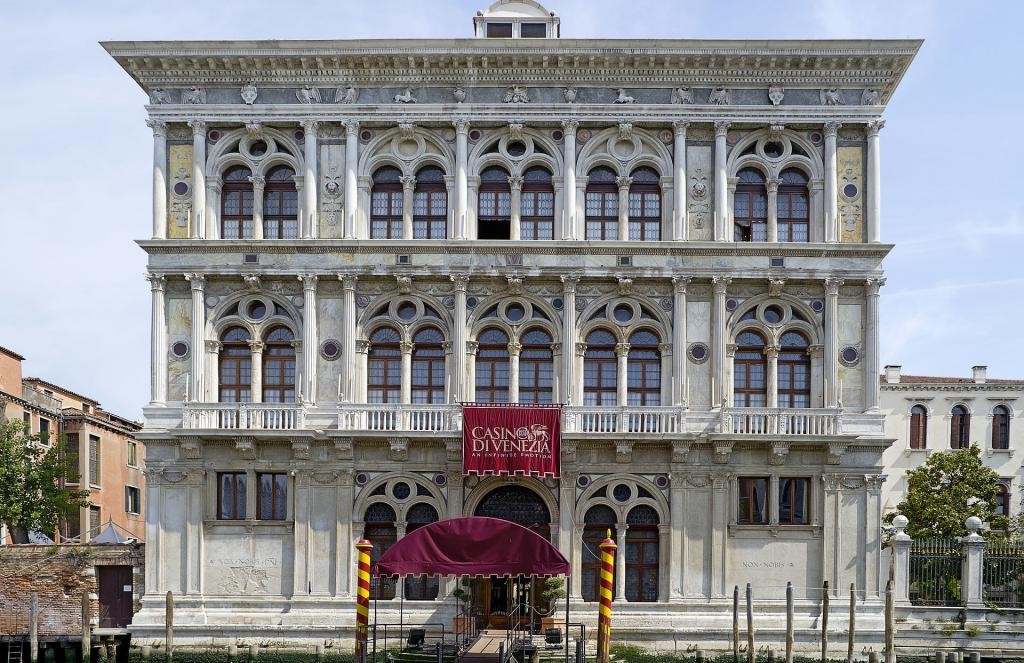 |
| Photo: TheMayor.EU |
Casinos today may call to mind an over-the-top Las Vegas strip, but it wasn’t always that way. The oldest casino in the world, the Casino di Venezia, sits on the Grand Canal in Venice. Opened in 1638, it was originally a theatre called the Theatre Saint Moses, which had a wing for gambling during the intermissions of plays. It helped spark the start of a casino craze in Venice—by 1744, there were more than 120.
This Renaissance palace was initially built in the 15th century by Italian architect Mauro Codussi, who designed some of Venice’s most beautiful churches. It was commissioned by Italian nobleman Andrea Loredan, who was an art collector, and had ceiling frescoes and paintings made on its walls by Italian masters like Mattia Bortoloni, Palma il Giovane, and Gian Battista Crosato, many of which are still in place today.
The casino was initially called the Ca’ Vendramin Calergi; after its early days as a casino, it served as a home to Italian royalty, then became a frequent getaway for German composer Richard Wagner from 1858 until his death in 1883. The city of Venice bought the building in 1946, renovated it, and opened it as an official casino in 1959. Today, there are hundreds of ways to gamble, from blackjack to roulette and poker, all hosted by dealers in tuxedos, alongside 600 slot machines and ongoing tournaments for pros, like the World Poker Tour.
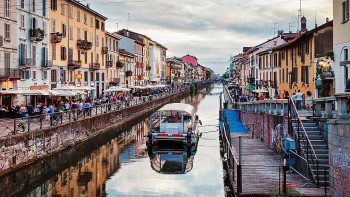 | Naviglio Grande: The Iconic And Historic Canal in Milan Naviglio Grande, one of the most famous destinations for tourists in the world, plays an important part in Italy's history and culture. |
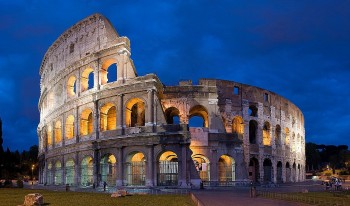 | 11 Insteresting Facts About Italy That You Probably Do Not Know Italy is full of wonderful things, places and iconic plates for first time visitors, but how much do you actually know about this country? Let's ... |
 | 10 Most Delicious and Iconic Italian Dishes To Savor Italy is not just famous for its culture and stunning sceneries, but also some of the most iconic foods that are globally loved. |
Recommended
 Travel
Travel
Strategies for Sustainable Growth of Vietnam’s Tourism from International Markets
 Travel
Travel
Vietnam Strengthens Its Presence On The Global Tourism Map
 Multimedia
Multimedia
Phong Nha-Ke Bang National Park Named Top Adventure Travel Site
 Travel
Travel
Vietnam Welcomes Record-High Number of International Visitors
Popular article
 Travel
Travel
Luxury Train From Hanoi To Hai Phong To Be Launched In May
 Travel
Travel
Phong Nha Named Top Budget-Friendly Travel Destination for Spring 2025: Agoda
 Travel
Travel
Four Indian Films Introduced to Lao Cai Audience
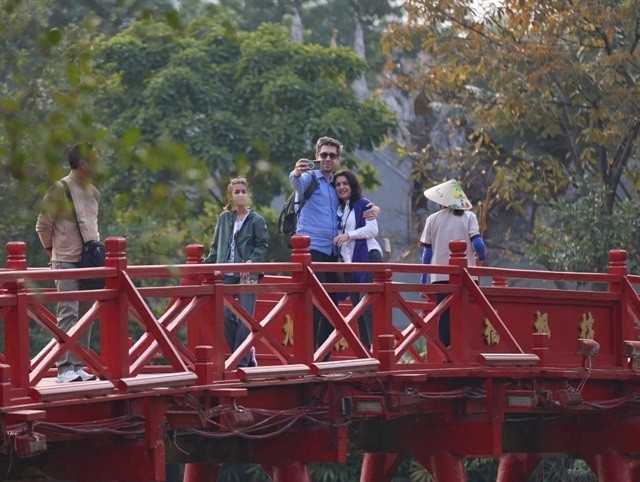 Travel
Travel







